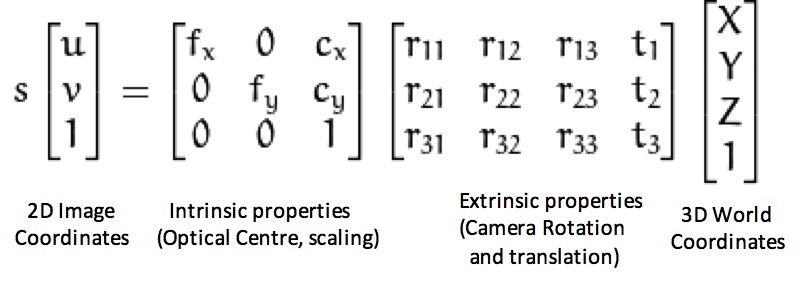


The maximum deviation found is 45 millimagnitudes in E(B-V), and spatial structure of the deviation is strongly correlated with the observed dust temperature, such that SFD98 underpredicts reddening in regions of low dust temperature. We find that the SFD98 maps are largely accurate with most of the map having deviations below 3 millimagnitudes E(B-V), though some regions do deviate from SFD98 by as much as 50%. Using these galaxies we construct maps of the deviation from the SFD98 reddening map at 4.5 degree resolution, with 1-sigma error of ~ 1.5 millimagnitudes E(B-V). We find that by correcting for known reddening, redshift, color-magnitude relation, and variation of color with environmental density, we can reduce the scatter in color to below 3% in the bulk of the 151,637 galaxies we select. We select these passively evolving galaxies spectroscopically, using limits on the H alpha and O II equivalent widths to remove all star-forming galaxies from the SDSS main galaxy catalog. To find these corrections, we employ what we dub the "standard crayon" method, in which we use passively evolving galaxies as color standards by which to measure deviations from the reddening map. We present corrections to the Schlegel, Finkbeiner, Davis (SFD98) reddening maps over the Sloan Digital Sky Survey northern Galactic cap area. The code is fast, efficient, customizable and publicly available, making it a useful tool for 21-cm parameter studies. Depending on the desired resolution, 21cmFAST can compute a redshift realization on a single processor in just a few minutes. Results were shown from a 1 Gpc simulation which tracks the cosmic 21-cm signal down from z=250, highlighting the various interesting epochs. The power spectra from 21cmFAST agree with those generated from the numerical simulation to within 10s of percent, down to the Nyquist frequency. Although the physical processes are treated with approximate methods, the results were compared to a state-of-the-art large-scale hydrodynamic simulation, and the findings indicate good agreement on scales pertinent to the upcoming observations (>~ 1 Mpc). The code generates 3D realizations of evolved density, ionization, peculiar velocity, and spin temperature fields, which it then combines to compute the 21-cm brightness temperature. 21cmFAST is a powerful semi-numeric modeling tool designed to efficiently simulate the cosmological 21-cm signal.


 0 kommentar(er)
0 kommentar(er)
